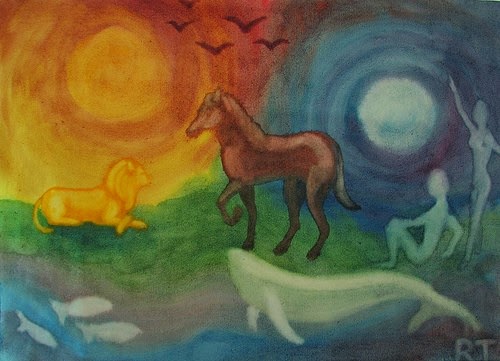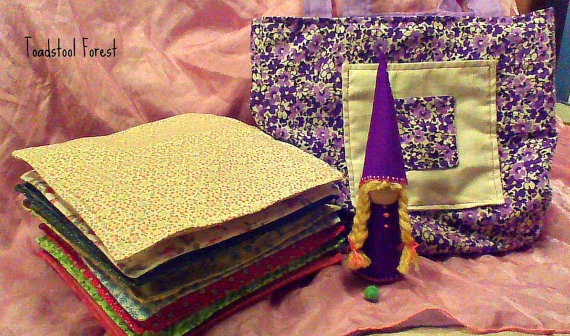Connecting the Seasons in Waldorf Education
by Claudia Marie Lenart
In Waldorf education, we celebrate the changing seasons in the
classroom, in the community with seasonal festivals, and in the home. Waldorf classrooms always include a
beautiful season’s table that is decorated with gifts of nature, handmade
animals, and items that reflect the present season. Inspired by the beauty of the classroom, Waldorf parents often
find a space in their homes as well for a seasonal nature table.
The awareness of the seasons and celebration of seasonal
festivals has meaning in the Waldorf curriculum.
Recognition of the seasons establishes rhythm for the child and the
natural rhythm of life is central to Waldorf philosophy. Rahima Baldwin Dancy, author of You are Your
Childs’ First Teacher, says that rhythmic activities provide children with a
sense of security.
“The slower rhythm of the natural world with its changing
seasons can provide the “content” of our experiences, as well as a powerful
healing influence,” according to Waldorf Early Childhood Association of North
America.
Autumn Family by Soft Earth Art
Awareness of the changing seasons allows children to better appreciate nature and to feel at home in the natural world. For Waldorf children, daily outdoor play is essential, through the heat of summer and even on the most frigid winter days. Of course, Waldorf parents send their children to school with boots, hats, scarves, wool mittens –well prepared for the weather. If the schoolyard has the slightest hill, you will be sure to see the children sledding daily in the snowy months.
Awareness of the changing seasons allows children to better appreciate nature and to feel at home in the natural world. For Waldorf children, daily outdoor play is essential, through the heat of summer and even on the most frigid winter days. Of course, Waldorf parents send their children to school with boots, hats, scarves, wool mittens –well prepared for the weather. If the schoolyard has the slightest hill, you will be sure to see the children sledding daily in the snowy months.
Observation of the changing seasons in early childhood provides a
foundation for later scientific study. As
the child progresses through Waldorf school, teachers will take hiking trips
where students will study and draw the anatomy of a plant or observe weather
patterns. The seasons are a perennial
subject for Waldorf watercolor paintings as well.
Feeling at home in nature throughout the seasons, provides a
child with a sense of wholeness and belonging to the world. This sense of wholeness is at the
foundation of Waldorf education and observation of the seasons instills a
greater sense of connection to the natural world and to all life.
Claudia Marie Lenart,
Waldorf parent, volunteer, and longtime writer about Waldorf education is a
needlefelt artist on Etsy. Her shop is ClaudiaMarie Felt.










